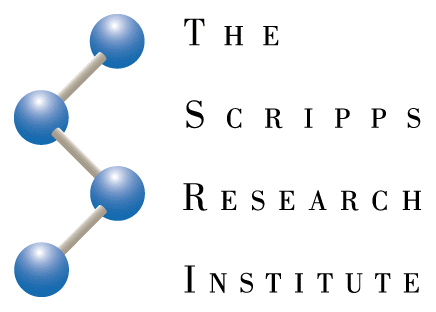A team led by scientists at The Scripps Research Institute (TSRI) has identified a family of tiny RNA molecules that work as powerful regulators of the immune response in mammals
Mice who lack these RNA molecules lose their normal infection-fighting ability, whereas mice that overproduce them develop a fatal autoimmune syndrome.
"This finding gives us insights into immune regulation that could be very helpful in a range of medical applications, from viral vaccines to treatments for autoimmune diseases," said Changchun Xiao, assistant professor in TSRI's Department of Immunology and Microbial Science and senior investigator for the study, which appears in the June 30, 2013 issue of Nature Immunology.
Unraveling a Crucial Process
The finding concerns a key interaction between T cells and B cells, the allied lymphocyte armies that make up most of the adaptive immune system of mammals. B cells, which produce antibodies, usually lie in wait for pathogens in special zones called follicles within lymph nodes and the spleen. But to start proliferating normally and pumping out antibodies to fight an infection, these B cells have to be assisted, in effect, by T cells known as "follicular helper" T cells (TFH cells). "The TFH cells have to migrate into the B cell follicles and physically contact the B cells in order to provide help to them," said Xiao. "However, the molecular pathways that control TFH cell differentiation and migration have not been well understood."
In 2009, other researchers proposed that this crucial process requires the suppression of the miR-17~92 family of RNA molecules. These are among the thousands of short RNA molecules (often known as micro-RNAs, miRs, or miRNAs) that are made by mammalian cells and are meant to do their jobs while in RNA form. Typically an miRNA works inside the cell as a basic regulator or "dimmer switch" for the activity of tens to hundreds of genes—it binds to transcripts of those genes and slows down their translation into proteins.
Xiao, who had been studying the miR-17~92 family since 2005, decided to examine their role in TFH differentiation. His team began by measuring the levels of these miRNAs in young, "naïve" T cells and in the TFH cells to which these T cells gave birth after exposure to foreign antigens.
Surprising Finding
To the researchers' surprise, the miR-17~92s showed the opposite pattern of expression than expected: their levels jumped as the naïve T cells began differentiating into TFH cells, but fell back by the time the process was finished. The finding suggested that, far from acting as a brake on TFH differentiation, miR-17~92s work as enablers of the process.
To confirm their suspicion, team members developed mutant mouse lines in which some or all of the miR-17~92 miRNAs were knocked out of T cells. These miR-17~92-deficient T cells turned out to be much less able to differentiate into TFH cells. As a result, the follicle-dwelling B cells that depend on TFH assistance also lost much of their ability to respond to an immune challenge. "These mutant mice showed a deficient antibody response to a standard immune-provoking protein," said Seung Goo Kang, a postdoctoral research associate in the Xiao laboratory who was the leading author of the study.
Collaborating TSRI scientists led by John Teijaro, a senior research associate in the laboratory of Michael B. A. Oldstone, professor in the Department of Immunology and Microbial Science, showed further that these transgenic mice—unlike ordinary lab mice—could not clear a chronic virus infection that is used as a standard challenge in immunological experiments.
By contrast, when the team raised transgenic mice whose T cells produced four to six times the normal amount of miR-17~92s, these T cells differentiated into TFH cells spontaneously—that is, without an immune-stimulating inoculation.
These mice developed antibody responses to their own tissues, and died young, with swollen spleen and lymph nodes. "The accumulation of autoantibodies is also seen in lupus and other autoimmune diseases in humans," said Wen-Hsien Liu, another postdoctoral research associate in the Xiao laboratory and a co-first author of the paper.
Important Targets
Liu and Kang were able to track down a key target gene of miR-17~92s, which the miRNAs suppress to enable TFH cell differentiation. The targeted gene codes for Phlpp2, a recently discovered signaling inhibitor. "Lowering Phlpp2 protein levels in our miR-17~92-knockout T cells restored much of their ability to become TFH cells," Kang said.
"Phlpp2 is one important target, but we believe there are others too, and we are now looking for those," Xiao said. He and his colleagues also plan to investigate methods for manipulating miR-17~92s and their TFH cell-related pathways, in order to boost antibody responses – to vaccines for example—or alternatively to lower autoantibody productions in people with autoimmune diseases.
Source: The Scripps Research Institute









